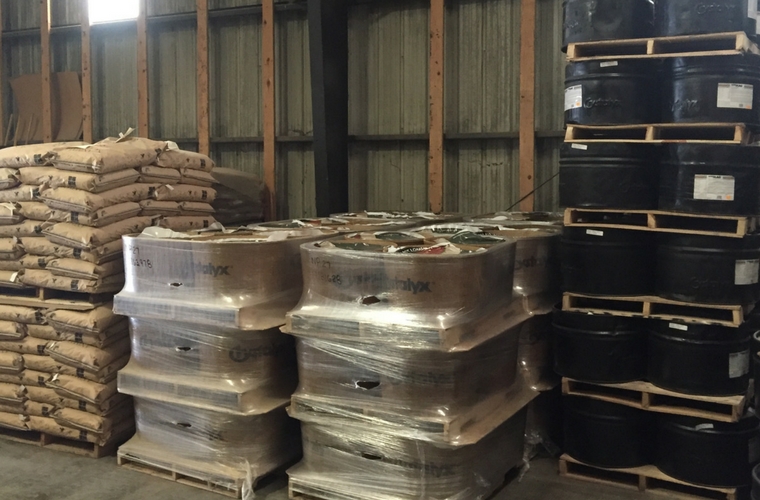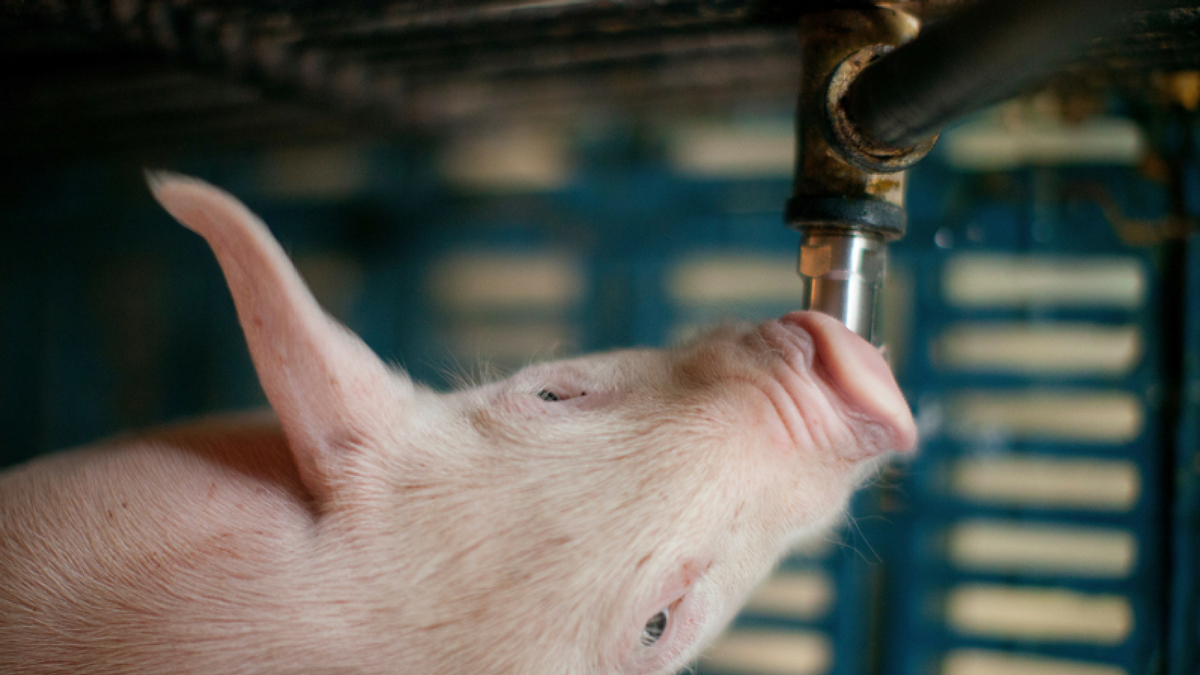George Blankenship, Jack Bobo y Peter Diamandis se unen a la lista de líderes innovadores de ONE: The The Alltech Ideas Conference
Alltech reúne a líderes rupturistas de la industria en la conferencia agroganadera internacional
- George Blankenship, antiguo directivo de Tesla Motors, Apple Computer y GAP Inc., recurre a procesos puramente innovadores para transformar empresas regidas por el statu quo en protagonistas dinámicos y avanzados del futuro. Por eso, recurrirá también a su experiencia para compartir con el público asistente a ONE: The The Alltech Ideas Conference su propia visión de cómo crear y consolidar la fidelidad y el reconocimiento de marca, cómo lograr un posicionamiento competitivo en el mercado y qué se necesita para brindar una atención al cliente sin igual.
- Jack Bobo, vicepresidente senior y director general de comunicación de Intrexon, está constantemente evaluando la relación entre ciencia y agricultura. Nombrado por Scientific American una de las 100 personas más influyentes de la biotecnología, Jack Bobo ofrecerá su perspectiva sobre las tendencias globales en la agricultura, las percepciones del consumidor y la comunicación científica.
- Pionero internacional de la innovación y autor más vendido del New York Times, el Dr. Peter Diamandiscompartirá su percepción y estrategias para tener un gran impacto en el futuro. Fundador y director ejecutivo de la Fundación X-Prize, además de cofundador y vicepresidente de Human Longevity Inc., Peter Diamandis fue elegido uno de los 50 líderes mundiales más influyentes por la revista Fortune.
"El público de este año ya puede ir preparándose para asistir a una verdadera lluvia de ideas totalmente disruptivas de estos líderes tan influyentes", destacó el Dr. Pearse Lyons, fundador y presidente de Alltech. "Desde cambiar la experiencia de compra de un coche a diseñar la metodología comercial de consolidación de marca de Apple, George Blankenship ha alterado el statu quo de varias industrias. Peter Diamandis nos enseñó a llegar más lejos, a crear riqueza y a influir en el mundo en su libro 'Abundancia.' Y el nombre de Jack Bobo es sinónimo de biotecnología y percepciones del consumidor".
El Dr. Lyons ofrecerá un mensaje inspirador en su charla "Lograr tus sueños abrazando la disrupción". A través de historias personales de perseverancia y ambición, animará a los líderes de la industria a explorar sus objetivos y trazar un camino hacia el éxito.
"Nada tiene más fuerza para marcar la diferencia que perseguir tus sueños", señaló el Dr. Lyons.
- También participarán en ONE17 Lisa Bodell, fundadora y CEO de futurethink, y Damien McLoughlin, profesor de marketing en Anthony C. Cunningham y decano asociado de la University College Dublin Michael Smurfit Graduate Business School de Irlanda. En su charla "¿Por qué gana lo sencillo?", Lisa Bodell — cuyas habilidades de gestión del tiempo rozan lo que podría considerarse como una forma de arte— servirá de guía a los líderes agroganaderos para sortear las trampas de la complejidad y focalizarse en el trabajo que realmente importa. Damien McLoughlin ofrecerá en "Disrupción en Washington" su visión de lo que puede esperarse del nuevo escenario de liderazgo en Washington, D.C. y cómo la cadena alimentaria y el comercio mundial podrían ser objeto de disrupción en el futuro.
- Los asistentes también tendrán la oportunidad de escuchar a Aidan Connolly, director de innovación de Alltech, y al Dr. Mark Lyons, vicepresidente global de Alltech y director de la región Gran China. Aidan Connolly nos hablará de cómo las organizaciones y las personas pueden mantener un estado de disrupción constante y, por su lado, el Dr. Mark Lyons analizará el panorama cambiante de los consumidores y cómo se puede satisfacer la demanda de una población de miles de millones de habitantes en crecimiento.
En consonancia con la apuesta por la singularidad y las "soluciones de la vida real" de ONE17, la conferencia de este año incluirá varias sesiones específicas. Las sesiones de debate sobre cultivos, vacuno de carne, vacuno lechero, porcino, avicultura y acuicultura — así como las sesiones temáticas de economía, aspectos alimentarios y mercados emergentes — serán la ocasión perfecta para abrazar la disrupción desde todos los prismas de la agroganadería en la conferencia ONE17.
Para obtener la lista completa de sesiones y temas tratados en ONE17, visite one.alltech.com. Regístrese antes del 1 de abril y ahorre 300$.
Únase a la conversación en Twitter con la etiqueta #ONE17.
- Read more about George Blankenship, Jack Bobo y Peter Diamandis se unen a la lista de líderes innovadores de ONE: The The Alltech Ideas Conference
- Log in to post comments


























